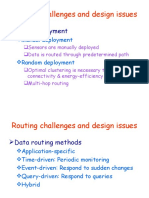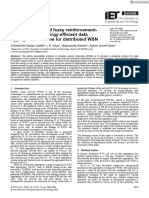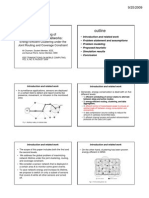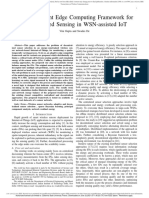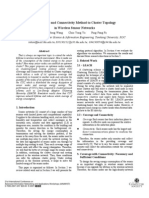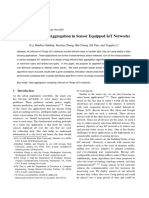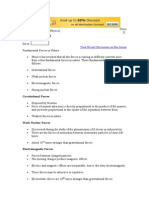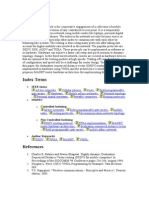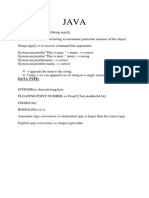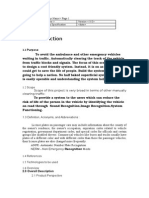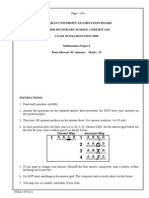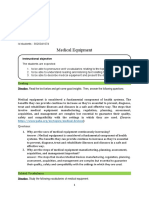0% found this document useful (0 votes)
60 views3 pagesAlgo
Outlier analysis is used for data reliability, event reporting, and secure network functioning. It identifies outliers which helps control data quality, improves robustness under noise/faults, and reduces communication overhead of erroneous data. Outlier detection also efficiently finds abnormal sensor values. The detected outliers likely indicate events of interest. Additionally, outlier detection identifies malicious sensors, detects potential network attacks, and ensures security. Our proposal employs distance-based outlier analysis for clustering nodes to obtain energy efficiency. We use k-means clustering and select cluster heads based on distances to other nodes and neighboring clusters.
Uploaded by
jashmine15Copyright
© © All Rights Reserved
We take content rights seriously. If you suspect this is your content, claim it here.
Available Formats
Download as DOC, PDF, TXT or read online on Scribd
0% found this document useful (0 votes)
60 views3 pagesAlgo
Outlier analysis is used for data reliability, event reporting, and secure network functioning. It identifies outliers which helps control data quality, improves robustness under noise/faults, and reduces communication overhead of erroneous data. Outlier detection also efficiently finds abnormal sensor values. The detected outliers likely indicate events of interest. Additionally, outlier detection identifies malicious sensors, detects potential network attacks, and ensures security. Our proposal employs distance-based outlier analysis for clustering nodes to obtain energy efficiency. We use k-means clustering and select cluster heads based on distances to other nodes and neighboring clusters.
Uploaded by
jashmine15Copyright
© © All Rights Reserved
We take content rights seriously. If you suspect this is your content, claim it here.
Available Formats
Download as DOC, PDF, TXT or read online on Scribd
/ 3







